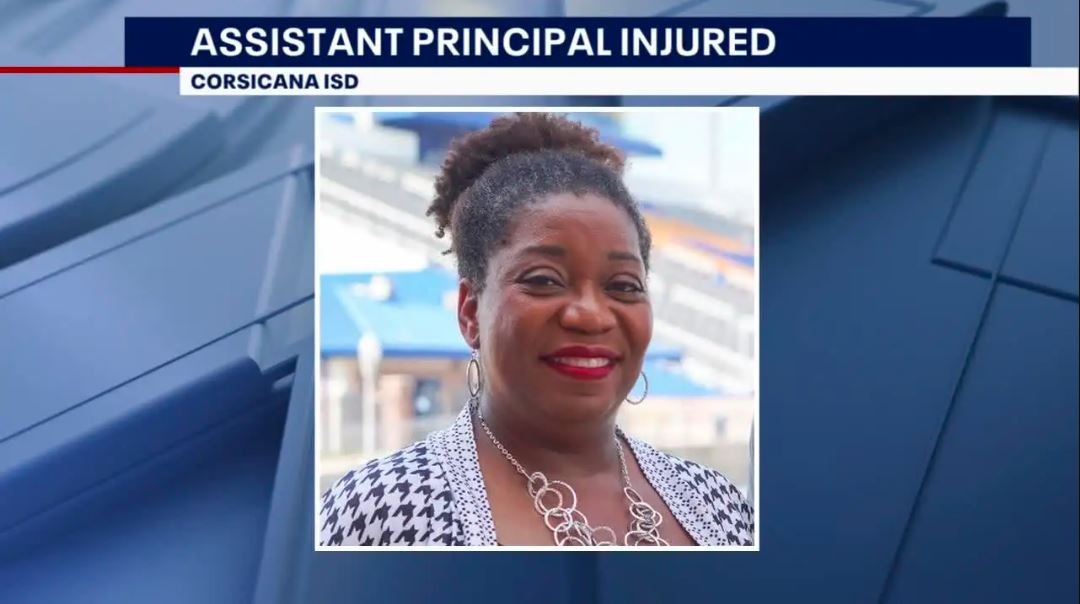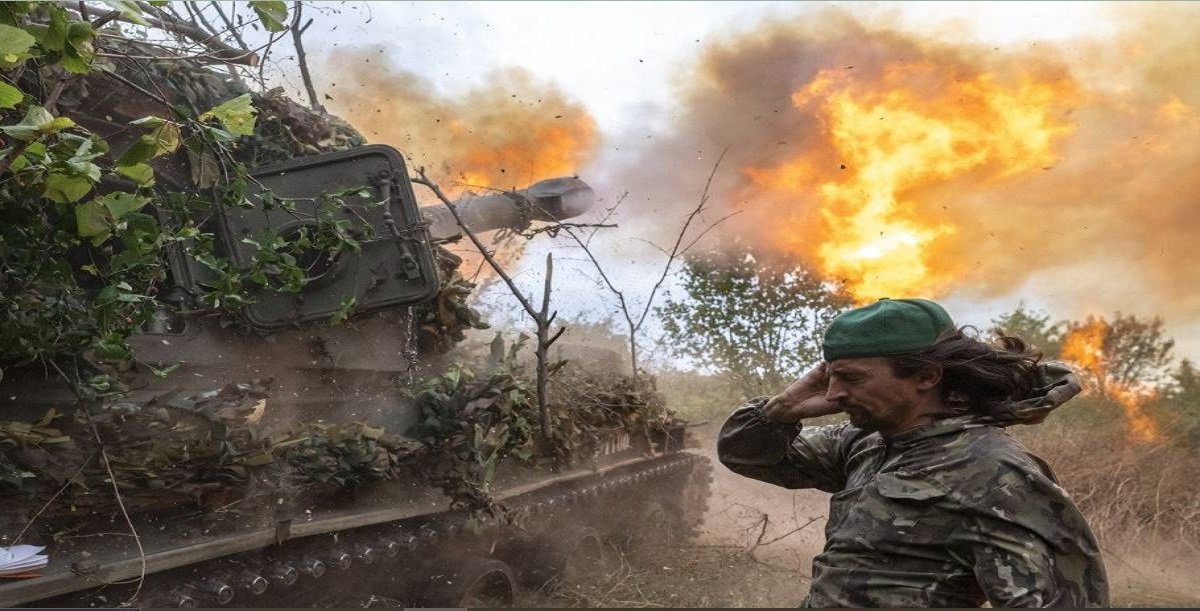Tropical cyclones are some of the most powerful and destructive weather phenomena on Earth. Characterized by intense wind systems, heavy rainfall, and potential for widespread damage, these storms can have profound effects on the environment and human communities. In this blog, we will delve into the intricacies of tropical cyclones, exploring their formation, impacts, and the necessary safety measures to mitigate their effects. By understanding these storms better, we can prepare more effectively and reduce the risks associated with them.
What Are Tropical Cyclones?
Tropical cyclones are large-scale weather systems that form over warm ocean waters and are characterized by low pressure, high winds, and heavy rain. They are known by different names depending on their location:
- Hurricanes: In the North Atlantic, the central and eastern North Pacific.
- Typhoons: In the Northwest Pacific Ocean.
- Cyclones: In the South Pacific and Indian Ocean.
Despite the different names, all tropical cyclones share similar formation processes and structures.
Formation and Structure
The formation of a tropical cyclone begins with a combination of several key factors:
- Warm Ocean Waters: Tropical cyclones require sea surface temperatures of at least 26.5°C (80°F) to provide the necessary heat and moisture for the storm’s development. Warm waters create instability in the atmosphere, which is crucial for cyclone formation.
- Low Wind Shear: Low wind shear, or the change in wind speed and direction with height, allows the cyclone to maintain its structure and strengthen. High wind shear can disrupt the cyclone’s organization and inhibit its growth.
- Atmospheric Instability: A region of atmospheric instability, where warm, moist air rises and cools, creating cloud formation and thunderstorms, is essential for cyclone development. This rising air creates the low-pressure system that fuels the cyclone.
- Coriolis Effect: The Coriolis effect, due to the Earth’s rotation, causes the cyclone to spin and helps organize its structure. Without this effect, the storm would not have the characteristic rotating structure.
Once formed, tropical cyclones have a distinctive structure featuring:
- The Eye: A calm, clear area at the center of the cyclone, surrounded by the most intense part of the storm.
- The Eyewall: The ring of thunderstorms surrounding the eye, where the strongest winds and heaviest rainfall occur.
- The Rainbands: Bands of thunderstorms that spiral outward from the center, producing heavy rain and gusty winds.
Impacts of Tropical Cyclones
Tropical cyclones can have severe impacts on the areas they affect. These impacts include:
1. Wind Damage
The strong winds associated with tropical cyclones can cause significant damage to buildings, infrastructure, and vegetation. Wind speeds can exceed 150 mph (240 km/h) in the most intense storms, leading to widespread destruction.
2. Flooding
Heavy rainfall from tropical cyclones can result in severe flooding, particularly in low-lying areas and regions with poor drainage. Flooding can cause property damage, disrupt transportation, and lead to loss of life.
3. Storm Surge
A storm surge is an abnormal rise in sea level caused by the strong winds of a tropical cyclone pushing water onshore. This can result in coastal flooding and erosion, causing extensive damage to coastal communities and ecosystems.
4. Landslides
In mountainous areas, the intense rainfall from a cyclone can trigger landslides, leading to further destruction and posing additional risks to communities.
5. Economic Impact
The economic impact of tropical cyclones can be substantial, affecting agriculture, infrastructure, and local economies. Recovery and rebuilding efforts can be costly and time-consuming.
Safety Measures and Preparedness
Preparing for a tropical cyclone involves several key steps to ensure safety and minimize damage:
1. Stay Informed
Monitor weather updates from reliable sources such as the National Hurricane Center or local meteorological agencies. Pay attention to warnings and advisories, and follow evacuation orders if issued.
2. Emergency Kit
Prepare an emergency kit that includes essentials such as water, non-perishable food, medications, flashlights, batteries, and a first-aid kit. Ensure you have enough supplies to last at least 72 hours.
3. Home Preparation
Secure your home by reinforcing windows and doors, clearing gutters and drains, and securing outdoor objects that could become projectiles. If you live in a flood-prone area, consider elevating electrical appliances and utilities.
4. Evacuation Plan
Develop and practice an evacuation plan for your family. Identify a safe location to evacuate to, such as a friend or family member’s house or a designated shelter. Make sure all family members are aware of the plan and know how to execute it.
5. Insurance
Check your insurance coverage to ensure it includes protection against storm damage. Flood insurance is particularly important, as standard homeowner’s insurance policies often do not cover flood damage.
Historical Examples of Tropical Cyclones
1. Hurricane Katrina (2005)
Hurricane Katrina was one of the most devastating tropical cyclones in U.S. history. It struck the Gulf Coast of the United States, causing widespread flooding and damage, particularly in New Orleans. The storm resulted in significant loss of life and property damage.
2. Typhoon Haiyan (2013)
Typhoon Haiyan, also known as Yolanda, was one of the strongest tropical cyclones ever recorded. It made landfall in the Philippines, causing massive destruction and loss of life. The storm’s intense winds and storm surge led to severe flooding and widespread devastation.
3. Cyclone Idai (2019)
Cyclone Idai hit Mozambique, Zimbabwe, and Malawi, causing catastrophic flooding and damage. The storm resulted in hundreds of fatalities and displaced thousands of people. The extensive flooding caused by Idai highlighted the vulnerability of communities to tropical cyclones in southern Africa.
The Future of Tropical Cyclones
As climate change continues to impact global weather patterns, the behavior and frequency of tropical cyclones are likely to evolve. Some anticipated changes include:
1. Increased Intensity
Warmer ocean temperatures may lead to more intense cyclones with higher wind speeds and increased rainfall. This could exacerbate the impacts of these storms on vulnerable communities.
2. Rising Sea Levels
Rising sea levels due to climate change could increase the risk of storm surge and coastal flooding. Coastal areas may face greater risks from tropical cyclones in the future.
3. Changes in Storm Tracks
Climate change may also affect the tracks of tropical cyclones, potentially shifting them to new regions and affecting areas that were previously less vulnerable.
Conclusion
Understanding tropical cyclones is crucial for preparing for and mitigating their impacts. From their formation and structure to their potential effects and safety measures, being informed about these powerful storms can help communities better prepare and respond. As we continue to study and understand these weather phenomena, we can work towards reducing their impact and improving resilience in the face of future storms.

FAQs
A tropical cyclone is a large-scale weather system that forms over warm ocean waters and is characterized by low pressure, high winds, and heavy rain. It is known by different names depending on its location, including hurricanes, typhoons, and cyclones.
Tropical cyclones form over warm ocean waters with temperatures of at least 26.5°C (80°F). They require low wind shear, atmospheric instability, and the Coriolis effect to develop and maintain their structure.
The main impacts of tropical cyclones include strong winds, flooding, storm surge, landslides, and economic damage. These effects can lead to significant property damage, loss of life, and disruptions to communities.
To prepare for a tropical cyclone, stay informed through weather updates, prepare an emergency kit, secure your home, develop an evacuation plan, and ensure you have adequate insurance coverage.
Climate change may lead to increased intensity of tropical cyclones, rising sea levels, and changes in storm tracks. These changes could exacerbate the impacts of cyclones and affect areas that were previously less vulnerable.



